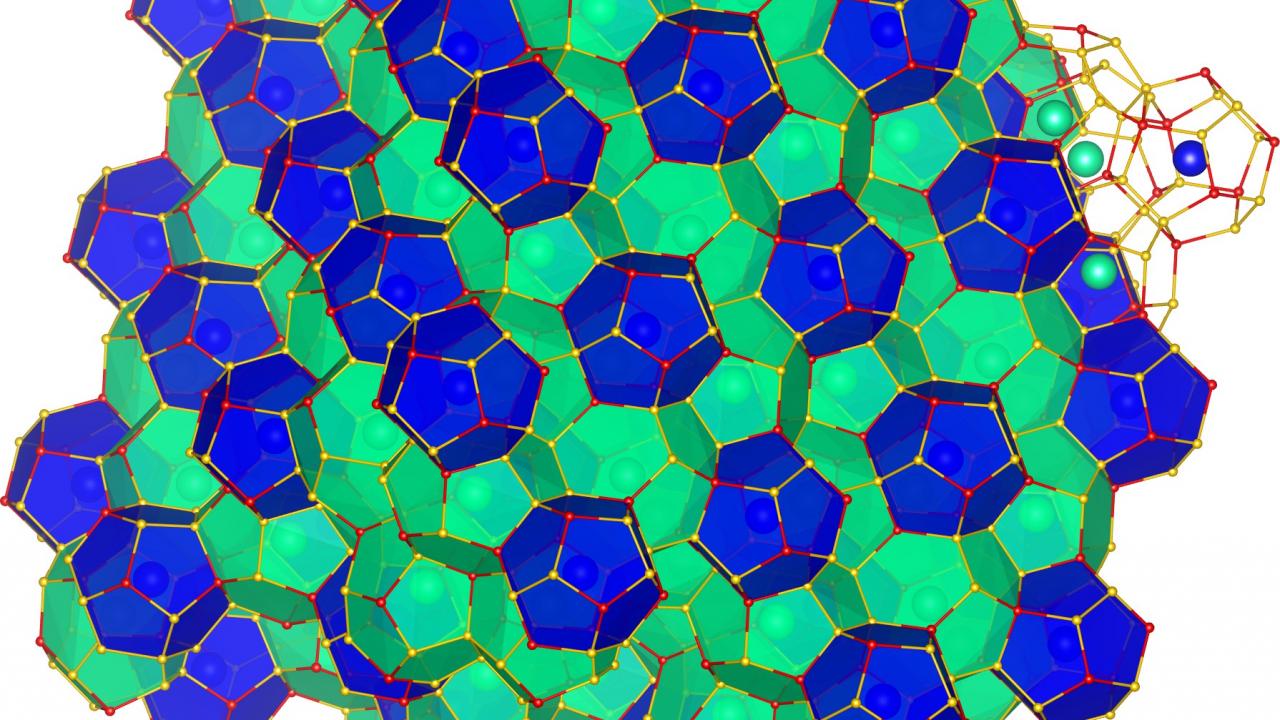
$700K Grant to Discover New Energy Materials
Overheated phones and computers are a headache for consumers and manufacturers. Too much heat inside electronic devices can translate into problems like poor performance and shorter battery life.
Thermoelectric materials offer a fix for overheating because they efficiently transfer excess heat away from electronics. Thermoelectrics can also convert heat into electricity, and power spacecraft such as the Mars Exploration Rovers.
Researchers at the University of California, Davis, and Iowa State University have received a $700,000 grant from the U.S. Department of Energy to discover and synthesize new crystalline materials called clathrates with outstanding properties for renewable energy applications, including thermoelectric energy conversion.

“Clathrates have a very complex and very beautiful crystal structure, which gives the material special features,” said Davide Donadio, associate professor of chemistry at UC Davis and principal investigator for the project.
Clathrate crystals consist of a frame that forms “cages,” each of which may enclose single atoms or small molecules. The physical properties of clathrates change depending on the combination of atoms that build the cage structure, and the atoms trapped inside. Clathrates are both found in nature (e.g., methane and water) and created in labs from materials like silicon, germanium and tin.
Donadio will collaborate with Kirill Kovnir, associate professor of chemistry at Iowa State University and Ames Laboratory, to create new clathrates built from certain groups in the periodic table (type III-V and II-VI specifically) with alkaline or alkaline-earth metal atoms in the cage.
Donadio and his students will develop models for hundreds of potential new clathrates with a machine-learning algorithm trained on thousands of known compounds. The most promising candidates will be manufactured and tested in Kovnir’s lab. “Our approach is unique because the experimental results will provide real-time feedback on how our model is performing,” Donadio said.
This research will shed light on the fundamental principles of this group of clathrates, which have potential for a large variety of applications in energy-related technologies, the researchers said. Ultimately, the new materials could lead to better cooling for everything from computers to cars, as well as renewable energy options that convert waste heat into electric power.
— Becky Oskin, content strategist in the College of Letters and Science
